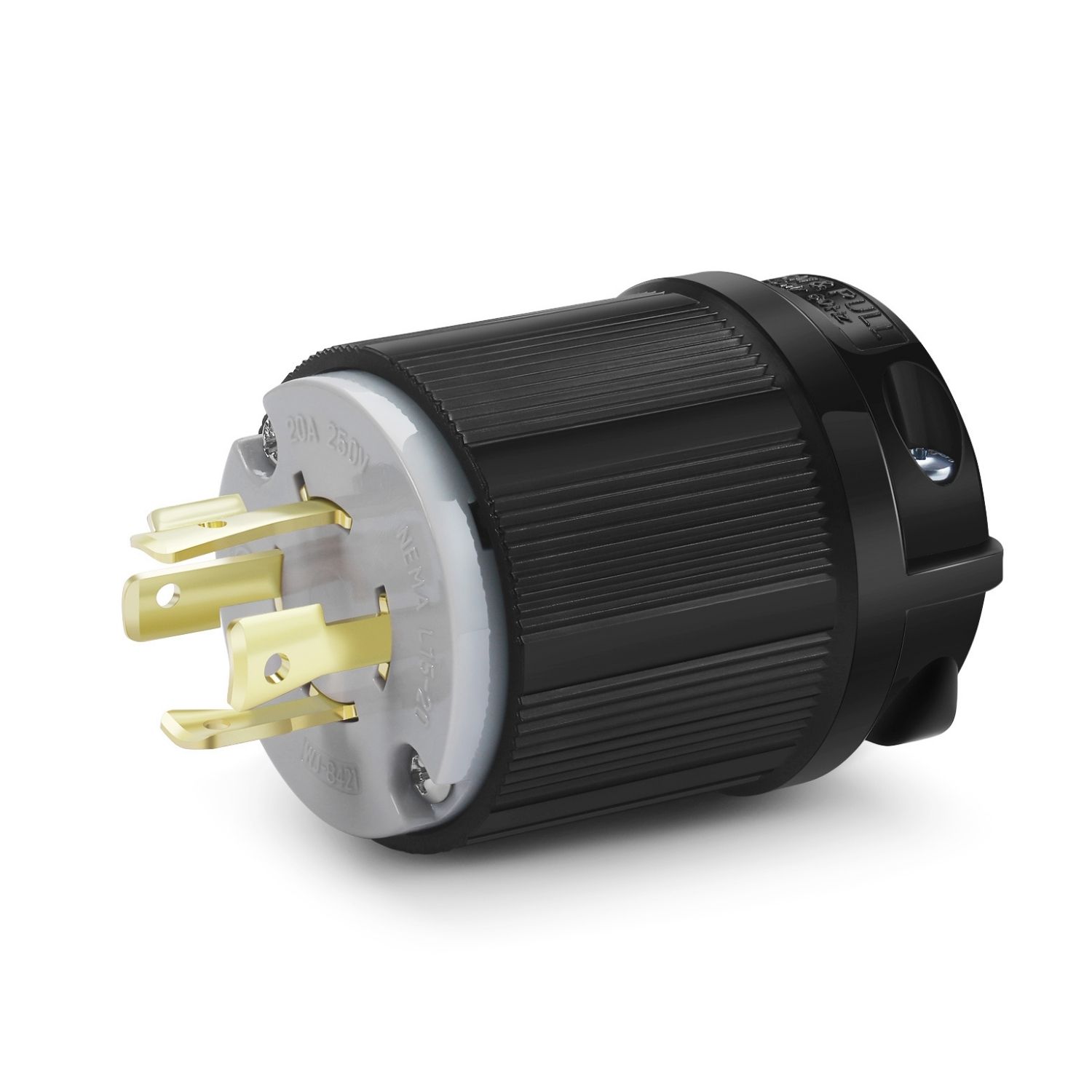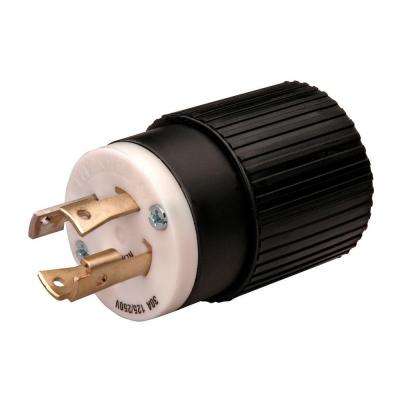

This, then, prevents a power overload to your 120v appliance and the possibility of a fire. You can’t plug a 120v appliance in to a 240v outlet because the hole configuration won’t allow it. Most outlets for four-prong 240v single phase plugs have that same configuration with the addition of a lower half-circle-shaped hole.Īnd all of this is for safety’s sake. Three-prong outlets, then, commonly have a top receiving hole shaped like a backwards “L” and two diagonal holes lower down and toward the sides. The outlets and plugs themselves are larger than 120v ones and have at least three (sometimes four) differently shaped holes and prongs. This is more complicated than 120v wiring and is best left to the professionals. These wires are then connected to a two-pole breaker at the circuit panel in your breaker box – basically just two 120v single-pole breakers wired together. These two “hot” wires deliver the 120 volts twice for a total of 240 volts. And the white wire, the neutral, completes the circuit, with the green or bare wire simply being a ground.īut 240 volt plug wiring has instead of a white neutral wire an additional “hot” that is usually red or blue. The outlets and plugs for 120v appliances have, as we mentioned, three wires, but only one of these is “hot” – that is, actually carrying electric current – and is usually blue or black in color. These appliances include ovens and ranges, dryers, water heaters, air conditioners, furnaces, and welders. (Newer homes with newer 240 volt plug wiring will have outlets and plugs with four wires, which includes a ground for greater safety and reduced fire hazard.) Larger appliances, especially those equipped with an electric motor, simply run more efficiently with a 240 volt power supply. So your 240v receptacles have two 120v wires supplying power along with a neutral wire. Delivering higher voltage and more power and having more wires, 240v outlets are a little different.īasically, two 120v circuits 180 degrees out of phase are connected together, hence the 240 volts, for twice the electrical power without the need for increasing wire size. You’re probably familiar with the standard and more common 120v outlet (sometimes known as 110v) that you plug your phone charger, TV, computer, toaster, vacuum cleaner, and coffeemaker into.

What Is a 240 Volt Outlet and Why Is It Different? 10 Where to Turn for Easy 240 Volt Outlet and 240 Volt Plug Wiring Solutions.8 Why DIY for 240 Volt Projects Isn’t a Good Idea.7 240 Volt Dryer Fire Statistics and Recommendations.6 A Common Problem with 240 Volt Outlets and 240V Single Phase Plugs.1 What Is a 240 Volt Outlet and Why Is It Different?.


 0 kommentar(er)
0 kommentar(er)
